How To Create A Seamless User Experience with Smart Web Design
The UX design industry is undergoing a significant transformation at the moment. As we welcome clever tools like ChatGPT and Jasper to a new automated marketing sector, it’s no surprise that UX designers also embrace innovative change.
In a competitive online landscape, a seamless user experience has become the number one priority for site designers across the globe. After WebFX revealed that 94% of website first impressions related to its design alone, UX designers must pour focus into their content delivery, accessible mapping, and site personalisation if they are to see SEO success.
This is where smart web design comes in. As technological advancements bring a new era of AI design tools, UX teams now have access to automated content creation, detailed behavioural analytics and predictive personalisation that aims to streamline a site’s user experience.
52% of businesses have since accelerated their AI adoption, praising innovative web tools as a productivity booster throughout every department.

With this said, let’s look closer at the benefits of smart web design as we reveal how you can streamline your UX strategy using AI.
Table of Contents
What Is Smart Web Design?
Smart web design is the process of using artificial intelligence to enhance your UX processes. Whether through automated content production or the live tracking of user insights for hyper-personalisation, many areas of UX design can be improved using AI tools.
“By automating the jobs usually done by humans, AI is revolutionising the tech industry—and UX is no exception,” claims Jaye Hannah, UX expert at Design Lab. “AI helps UX designers automate mundane tasks, such as categorising user actions, predicting future behaviours, and extracting relevant insights from large volumes of user data—which, in turn, leaves more time for fine-tuning the final product.”
While smart web design is still in its infancy, let’s remember the success of 2022’s ChatGPT, the AI content creator that reached 1 million users in less than a week.
How Is Smart Web Design Transforming User Experience?
So, how does smart web design improve user experience? Well, the success of UX-focused AI is demonstrated by the brands already using it to their advantage.
Take Netflix, for example. After introducing AI to their interface design strategy, they have made $1 billion from raising AI-powered personalised recommendations alone.

Here are just a few benefits associated with introducing AI to your UX strategy:
- Hyper-Personalised Predictive Content: AI can cleverly analyse user behaviour in real-time, making it the perfect partner for personalisation. These insights allow UX designers to automate their content distribution and even preload personalised content for faster site speed. This improves consumer targeting and speeds up the search process for products/services for a streamlined checkout.
- Responsive Cross-Platform Design: Did you know that 45% of users expect a site’s content to appear correctly across all devices? Introducing a smart web design template can help UX designers ensure their site is responsive across several devices. AI assists in adapting and adjusting the content layout accordingly for each platform and user.
- Enhanced SEO Optimisation: AI web tools are optimised to improve your SEO and UX design. Alongside their design capabilities, many smart web design templates optimise headlines, meta-tags and content keywords for optimal search potential.
- Improved Accessibility: Smart web design tools optimise all site content for a seamless user experience. Not only can they flag up current accessibility issues, but they can also adapt to target users of all abilities. This includes alt text for images, text-to-speech capabilities and even contrast adjustment. AI collects historical user data to improve accessibility for each persona based on their specific needs.
How To Create Your Own Seamless UX Using AI
If you’re new to smart web design, it could be time to learn more. It would speed up your design process in a competitive online landscape and ensure your website optimises for a seamless user experience.
“The approach I’m taking is incorporating AI tools into my design routine. You need to experiment whenever you have a practical task you want to complete,” says Nick Babich, Principal UX Designer at Brain Technologies. “You need to create your approach for how you want to work with the tools. It’s imperative to build a habit of using AI tools in your design process.”
Look closely at a few ways to incorporate AI into your design process.
Analyse Your User Data
Did you know that only 55% of UX designers conduct UX testing? One of the easiest ways to introduce artificial intelligence to your UX strategy is through analytics.
You can easily spot trends within large volumes of user data using tools such as Research AI. AI can enhance your page visits and engagement monitoring and use that information to influence future design decisions.
“Analysis will be a huge part of UX/UI design for AI. Machine learning is already playing a part in ad targeting. It can be used to constantly improve an app's interface by closely studying users' behavioural patterns,” says Steven Widen, President of E-Cubed Media Synthesis Inc.
“However, for that to happen, designers must understand the basic principles that drive machine learning. It will allow them to work closely with data analysts to create powerful apps and websites.”
Create User Personas
The key here is to combine your market research with AI-generated behaviour stats to get a clearer picture of your target demographic and their values to create unique consumer personas.
Did you know that artificial intelligence is an expert at helping you craft user personas? Tools like Smartphones can even conduct sentiment analysis of text involving your brand to help shape user personas and divide leads into groups. This included brand mentions and discussions on social media, forum entries and even reviews. These sentiments are automatically turned into actionable insights that help shape user behaviour, values, and needs regarding targeting.
Combining these extra insights with your current user profiles makes it much easier for your UX team to fine-tune their designs.
Take Netflix again as an example. By creating a user persona based on past watching behaviour, shared shows and social mentions, UX designers at Netflix know precisely how to create a profile that matches every user. Enhanced by AI automation, user-specific design prioritises the personalisation needed for brand success in 2024.
Introduce Generative Content Writing
Generative AI is a game changer for the UX industry. With various tools, designers can now create a meaningful, targeted copy at the click of a button.
AI copy generators such as ChatGPT can generate content based on a singular keyword to improve SEO Optimisation and readability for users of all abilities.
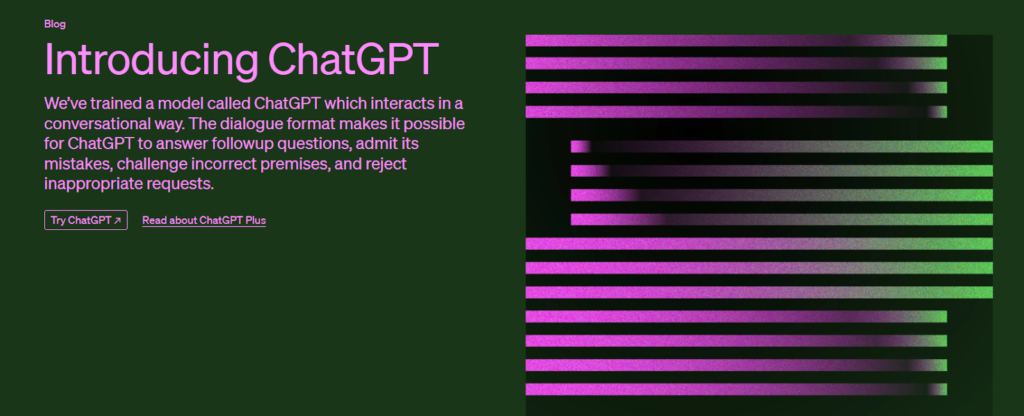
UX and UI designers can gain ideas for product descriptions, blog titles and even meta-text from generative AI. However, these generations should be used as a guide rather than a live piece of content to avoid plagiarism and a Google penalty.
Automate Your Design Workflows
Automating your design workflow is essential to save time as a UX designer. Not only are smart web design templates easier to master for UX beginners, but you can automate repetitive design features such as data inputs and consistent branding.
Take this example from Sugaro Cafe. This small business used Hostinger’s AI website maker to create a modern-style business website.

Using Hostinger’s drag-and-drop style, they could add impressive visuals and exciting captions using the built-in text generator powered by ChatGPT.
“AI-powered website builders offer several advantages to web designers. They reduce manual work, automate repetitive tasks, deliver faster and more accurate content, and generate design ideas,” says Bahaiuddin Faiz, founder of FZ Studioweb. “In addition to these benefits, AI tools bring numerous other advantages, such as reducing errors, increasing accuracy, handling repetitive jobs, and providing 24/7 problem-solving capabilities.”
“Despite their limitations, AI solutions provide web designers with easier image generation, sophisticated image enhancement, quick photo manipulations, background removal automation, creation of unique virtual influencers, adding AI-generated movement to pictures, transforming doodles into illustrations, and more,” he states.
Improve Your Accessibility
Did you know that 70% of consumers will not return to a website if they have a poor experience, according to experts at Purple Tuesday?
Not only does the e-commerce industry lose more than $1.9 Trillion in disposable income from lost opportunities alone, but those who face difficulty navigating your website are likely to tell others about it.
As the internet becomes more accessible for those with visual, hearing or learning impairments, your site must follow the same path. Most businesses will have a diverse demographic online, so to maximise your selling potential, you must prioritise all consumer groups.
This includes setting up accessible UX structures and navigation aids such as text-to-speech functions and adaptable page designs.
“AI can help organisations provide service to anyone, anywhere, in a way that is personalised to their unique needs. Voice AI allows customers to make purchases without touching their phones. Generative AI can summarise text on a page to make it easier to understand. And improved AI capabilities are helping bridge language gaps on multiple customer service channels.” Cristina Fonseca, head of AI at Zendesk.
Any UX team striving to become better designers must embrace inclusivity in 2024. AI can help UX experts get on top of their accessibility in a couple of different ways:
- Automating Inclusive Language: If you’re a global e-commerce brand appealing to a diverse audience, language is often the most significant barrier to success. AI can help eradicate this by evaluating your current written content and translating it automatically for all audiences. Better still, clever language tools like Acrolinx and Grammarly can help content creators by flagging exclusionary or potentially biased language that may be hard to understand in alternate dialects.
- Automating Accessibility Testing: Using tools like AcessiBe and Monsido, you can easily use AI to scan your current UX design for any potential accessibility faults. Acting in the same way as a physical user, AI jumps from checkpoint to checkpoint within your navigation system to ensure that the experience is seamless for all abilities. Better still, if your content does flag up the WCAG Guidelines, AI aids make nifty suggestions for appropriate adjustments.
- ChatGPT: This generative tool has been renowned for improving the accessibility of several online websites. Rather than focusing on the physical structure of a site, ChatGPT can offer rewrites on headings, descriptions and caption text to make it more understandable for a wider audience. You can also ask ChatGPT some checklist questions when entering your UX accessibility journey. The AI bot is quite literally an online encyclopedia.
Enhance Your User Testing & Prototyping
AI algorithms are also great at enhancing the user testing process. When you’re done creating your site, you must test it a few times before sending it live. Testing and prototyping your content and products can help flag any potential causes for concern early in the game.
Whether aiming to boost engagement or improve your accessibility, AI tools like Visualeyes can quickly assist in the user testing process.
Scanning your site content automatically, AI can mimic usual consumer behaviour patterns and run complex scenarios on your site. In doing this, you’ll quickly discover design flaws that may impact the journey from impression to checkout and gain more insights into time-consuming processes that may cause your leads to bounce prematurely.
Ranking The Best AI Tools For UX Designers
Now we’ve covered the benefits of AI in the UX design industry; it’s time to take a closer look at the tools dominating the design scene.
Did you know that over 44% of UX experts have used an AI tool in the last year to create site content? With Jasper.AI ranked as the most popular tool on the scene, used by over a third of designers, let’s look at some of the tools at your disposal as a UX designer as we teach you which ones to use for each UX speciality.
ChatGPT
Starting strong, we have ChatGPT. After reaching over 100 million users in just its first few months, it has become one of the most well-known AI tools on the market. Dominating the conversation surrounding AI, it has undoubtedly proved its worth as a design assistant in 2023.
This tool proves its worth when it comes to user research. If you’re beginning your newest UX campaign, it’s a great tool to consult when gathering more information about your consumers. ChatGPT mines data from conversations between chatbot agents and consumers. Not only can it detect natural consumer language patterns, but it can also help you identify user behaviours and preferences, which can influence your design strategy.
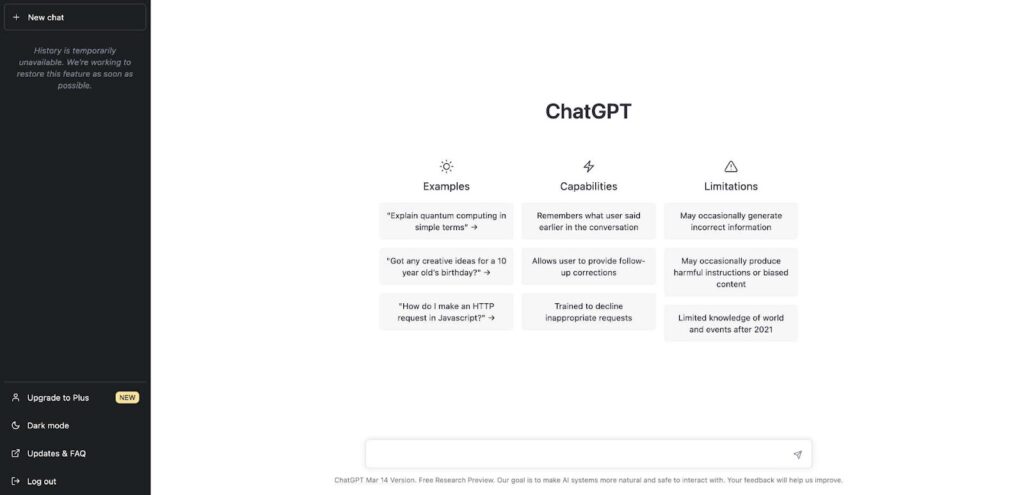
“With access to this technology, UX designers can automate various tasks and steps in their design process, including copywriting to UX research,” says Michael Wong, founder of Designership.
“With ChatGPT, you can identify user pain points early. This will help you create user-centric designs that address real user needs and reduce the risk of costly revisions later in the process.”
Jasper
As the tool most used by marketers across the globe, Jasper is also an excellent AI aid to consult when redesigning your website.
This tool is excellent at optimising your product copy. Not only does this need to be accessible to all audiences, but the more accurate your product descriptions are, the less likely you’ll be to see product returns post-purchase.
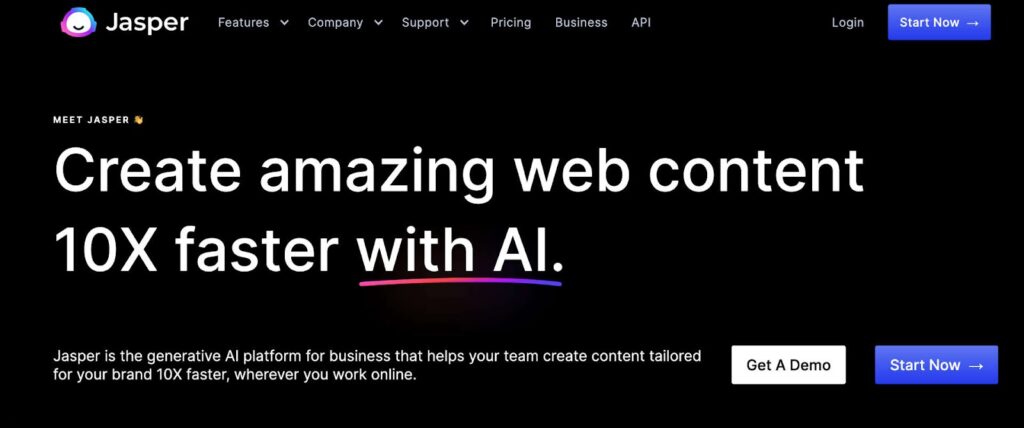
If you’re a UX designer without a designated copywriter, Jasper can help you create customised copy that still sounds human. This savvy tool can also help you find optimised keywords for your copy and adjust the text to fit your personalised tone of voice.
Khroma
If you want to create a stand-out colour palette for your website, it could be time to consult Khroma. This nifty AI tool can help you create a customised colour palette that perfectly represents your business.
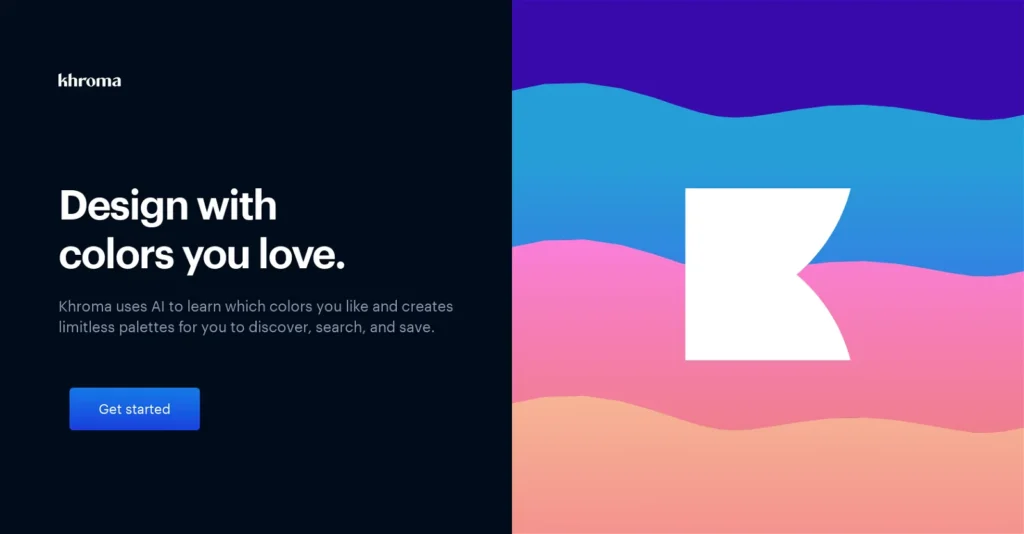
Khroma takes colour charting one step further by using a set of complex algorithms to generate a palette based on the images, mood boards and keywords you input. Better still, with customisable sliders, you can tweak your results in just a few clicks.
“Search is one of the most powerful features of Khroma,” says George Hastings, product designer at Attune. “Often, I'll have a loose idea of what I'm looking for, or I'm already working with a certain colour and want to find complements. Since Khroma gives you access to hundreds of thousands of RGB colours in your affinity range, it seemed important to be able to sift through them.”
Uizard
Next up is UIzard. If you’re at the end of your design stage, this helpful AI tool can help you visualise and test your design in real-time using a set of automated prototypes.
Simply upload your images or design mockup, and you can quickly see how it would look on several devices and perform in many scenarios.
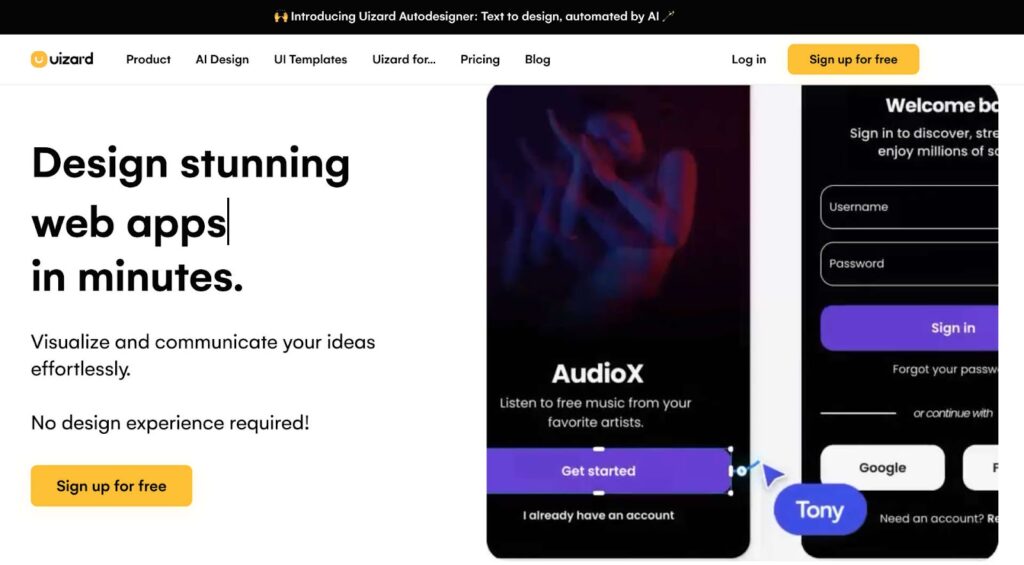
“Whether you want to use AI to generate mockups from simple screenshots or transform your hand-drawn wireframes into digital designs, Uizard is here to make your design journey faster and easier. Anything is possible, from app design to UI creation and web page mockups,” say the makers of Uizard.
“Autodesigner is the latest AI design feature from Uizard that enables users to generate UI mockups from simple text inputs. Joining Uizard's library of AI-powered features, Autodesigner will empower users to bring ideas to life in seconds; simply enter a few simple phrases and let our AI tech do the hard work.”
Uizard’s Autodesigner can help create fast-paced content for a demanding smartphone generation as UX design moves to a mobile future. Better still, after introducing interactive animation and AR-powered content creation to the mix, this is an excellent tool for UX designers who want to push the boundaries of consumer design.
Fronty
Last but not least, we have Fronty. This AI tool is a super time saver for designers looking to transfer their images into HTML in just a few clicks.
Using AI to source code from any image or screenshot, this no-code editor can help index your content for a swift launch that runs seamlessly.

“Fronty's AI-powered tool creates the layout of a web page and generates HTML and CSS code based on this information,” says CEO Tigran Vardanyan. “Fronty's AI can identify different sections of an image or design, such as a navigation bar or footer, and determine the elements' types and styles, such as text or images. With Fronty's AI-driven design-to-code tool, users can generate clean HTML and CSS code from a design or mockup within minutes, which can be edited and published in real-time.”
If you’re looking to ensure SEO success while still prioritising your UX design, Fronty could be the answer you’ve been looking for.
What's Next For AI In The UX Industry?
Could AI replace UX designers? For now, this is unlikely, as the output quality of smart web designers is not strong enough to match the abilities of trained UI experts.
However, according to experts at Sequoia, by 2024, the picture could look completely different. AI isn't only expected to impact the work of UX designers but surpasses them.
The only thing left is to wait and see how the industry unfolds.
